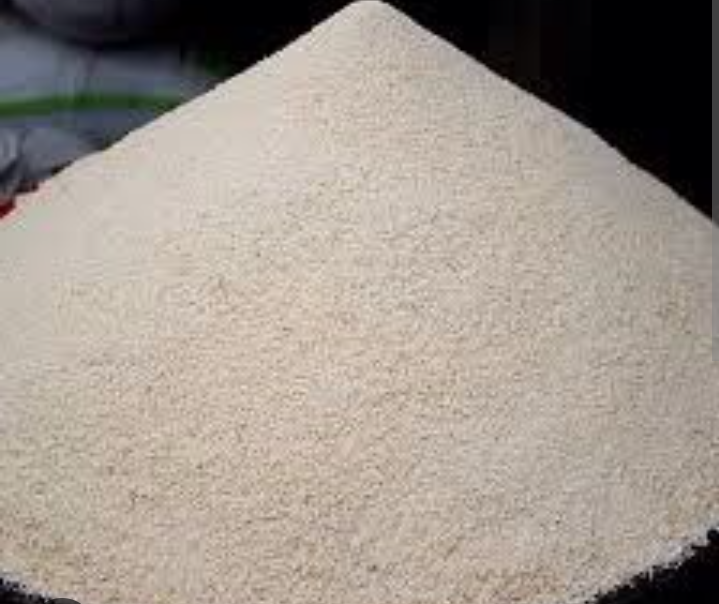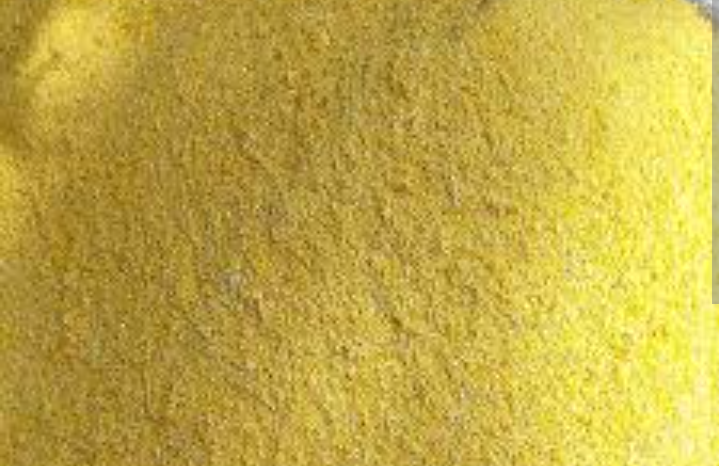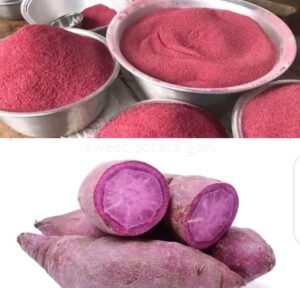Why some gari are white and others are pale-yellow?

Why some gari are white and others are pale-yellow?
Gari is one of the foods consumed by many and a lot of people cannot do without it.
It has saved a lot of families from hunger.
It contains mainly carbohydrates (starch).
- Gari can be eaten raw,
- It can also be eaten with beans popularly known as “gobe” among some people in Ghana and ‘ayiborbor’, gari and beans among others.
- Gari can be eaten as “soakings” where you mix your gari with sugar, milk, milo and groundnut then add water.
- But gari can also be eaten with “shitor” this is common in secondary schools in Ghana.
- Students mix their gari with little or no water and add “shitor” to it.
- Moreover, some people in Ghana eat gari as “eba/gari ba, Pino, gari kple/gari banku”, where their gari is poured then mixed with warm water and stir thoroughly to become like” banku”.
Many lower-class families cannot do without gari and so the need for high demand.
What then is gari?
- Gari is a product of cassava.
- The cassava milled into cassava dough in the cassava mill.
- The water is pressed out of the cassava dough to make it dry and this is done under a presser.
- After it is dried, the dried cassava dough is sieved to have a fine particle of the dough.
- The sieved dough is then roasted in a hot pan on fire.


Growing up, you see the cassava used for fufu is white so logically gari produced from cassava should also come in white.
Why is pale yellow coloured gari in the market?
And you are wondering how and this is the reason.
The first reason is that,
- There is a variety of cassava that, when you use its dough for gari it will give pale yellow coloured gari.
The second reason is that,
- After grinding the cassava at the mill.
- The dough is mixed with palm oil before pressing under the presser to extract the water.
- By so doing the colour of the gari will not be white but pale yellow.
What to do if your gari sticks to the hot pan while roasting it?
It can be very frustrating and annoying.
It wastes time and also wastes the cassava dough.
This is what to do in such a situation.
- Soak a small towel in palm oil or share butter oil.
- Use it to wipe inside the hot pan as the gari begin to stick into the pan.
- And that is all, the gari will not stick in the hot pan again.
- This may also cause your gari to be very smooth or when palm oil is used it can give your gari a pale-yellow colour.
Why get your quality gari to buy in Ghana if you need it in abundance?
- One of the towns noted for gari quality and quantity when it comes to gari processing in Ghana is Mafi Kumase in the Volta region.
Interestingly it is discovered recently that, sweet potato is used by some people in the Volta region of Ghana to produce gari.







